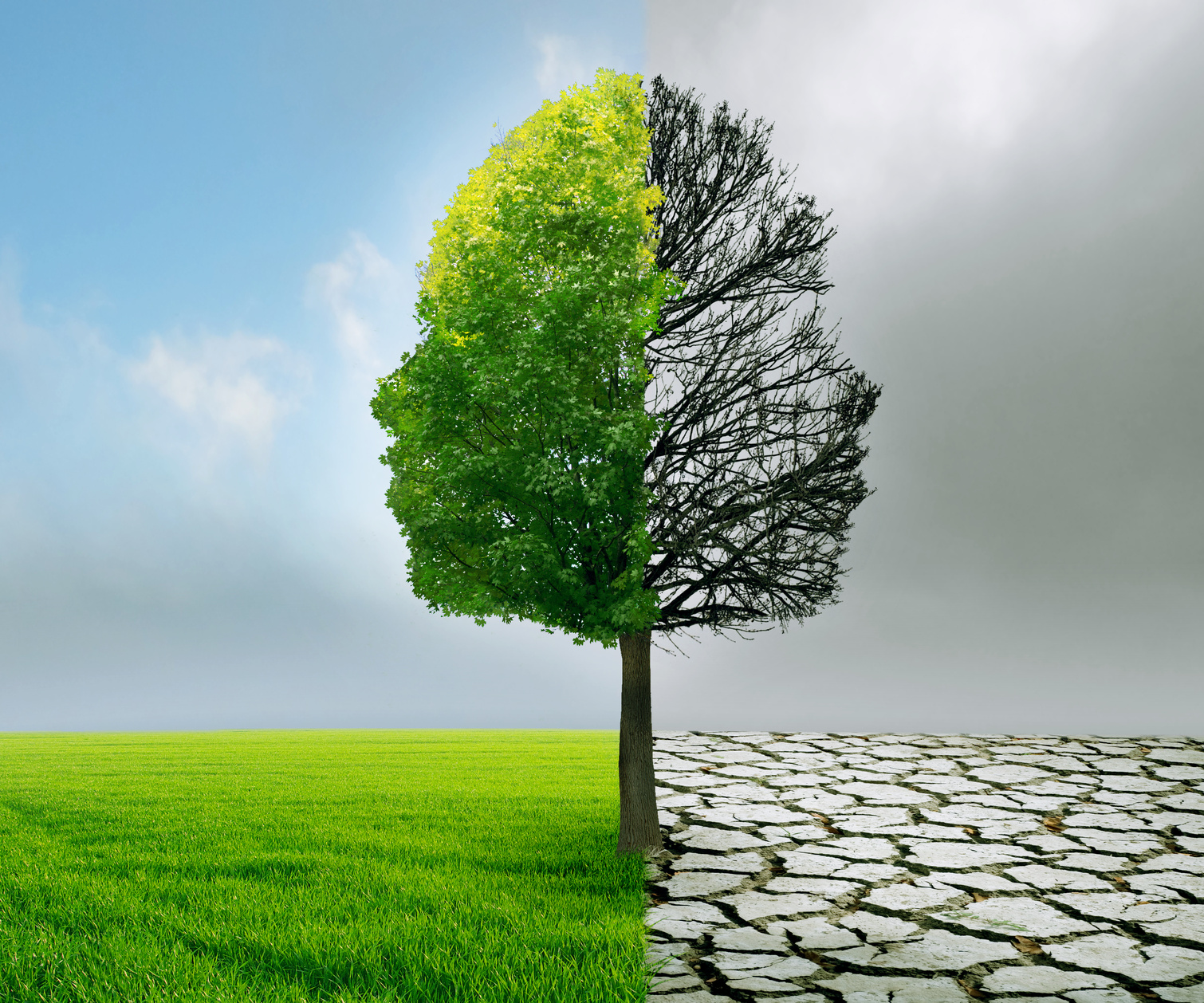 Understanding An Episode
Understanding An Episode
Also known as manic-depressive illness, bipolar disorder causes your mood and energy levels to shift suddenly. Living with bipolar disorder means that the ups and downs of life hit you more heavily than most people, which can result in decreased performance at work and trouble maintaining relationships. These sudden changes will usually include episodes of mania and episodes of depression.
Diagnosing bipolar disorder can be challenging when it first sets in. To help, here is a brief overview of the changes that occur in both manic and depressive episodes.
- Manic Episode: The mood changes that occur are characterized by long periods (that is, longer than most people experience) of feeling overly happy and extremely outgoing, paired with high levels of irritability. This can manifest in behavioral changes like talking rapidly, being easily distracted, feeling restless, requiring little sleep, acting impulsively, and having an inflated view of one’s own abilities.
- Depressive Episode: The most notable mood changes with a depressive episode are long periods of feeling hopeless and down, marked by a deep sadness and lack of interest in previously enjoyed undertakings and activities. Behaviorally, you will see this in wanting more sleep, struggling to make decisions, loss of memory, a general feeling of being slowed down, changes in your eating habits, and thoughts of death and suicide.
If you are living with bipolar disorder, we can help. To get caring people who are experts at helping people live their best lives with bipolar disorder, contact the Community Presbyterian Counseling Center. We also recommend that you pick up a copy of An Unquiet Mind by Kay Redfield Jamison. This classic text can help give you and your loved ones insight into the life you are living with bipolar disorder. For other resources and dedicated help, call our staff in San Ramon, California.

Recent Comments